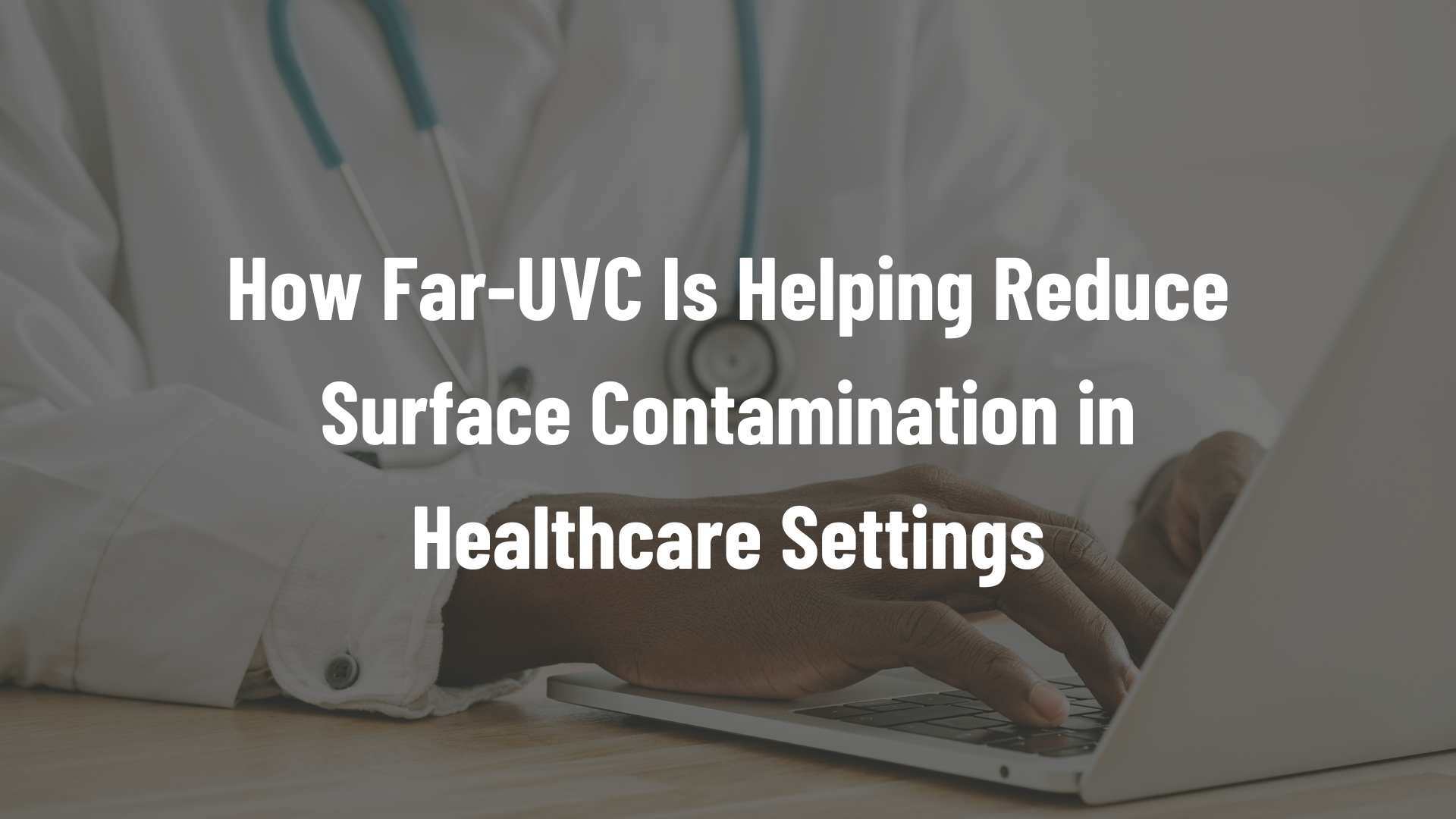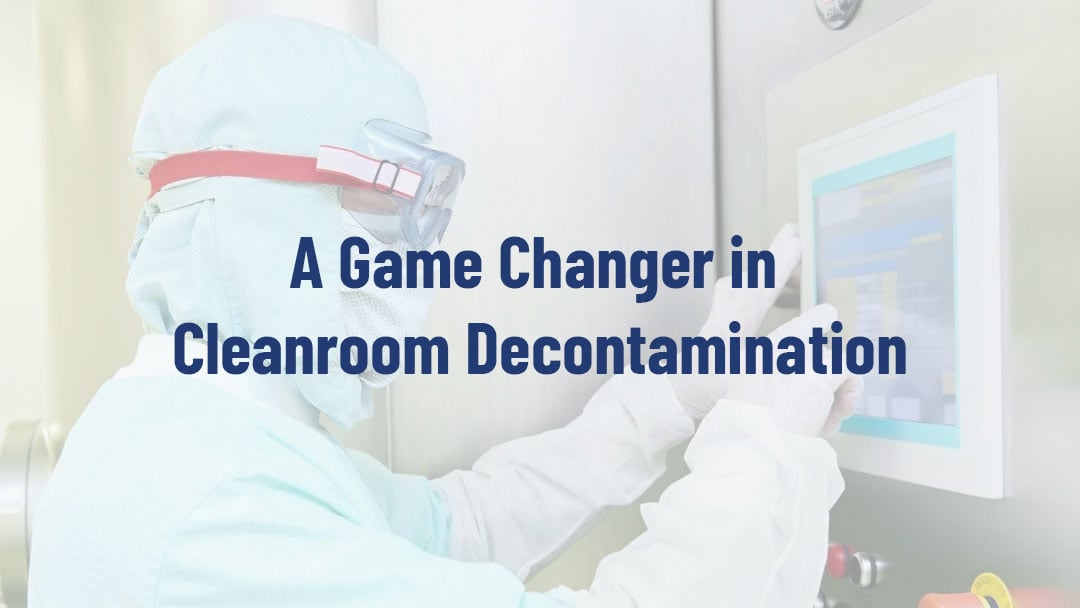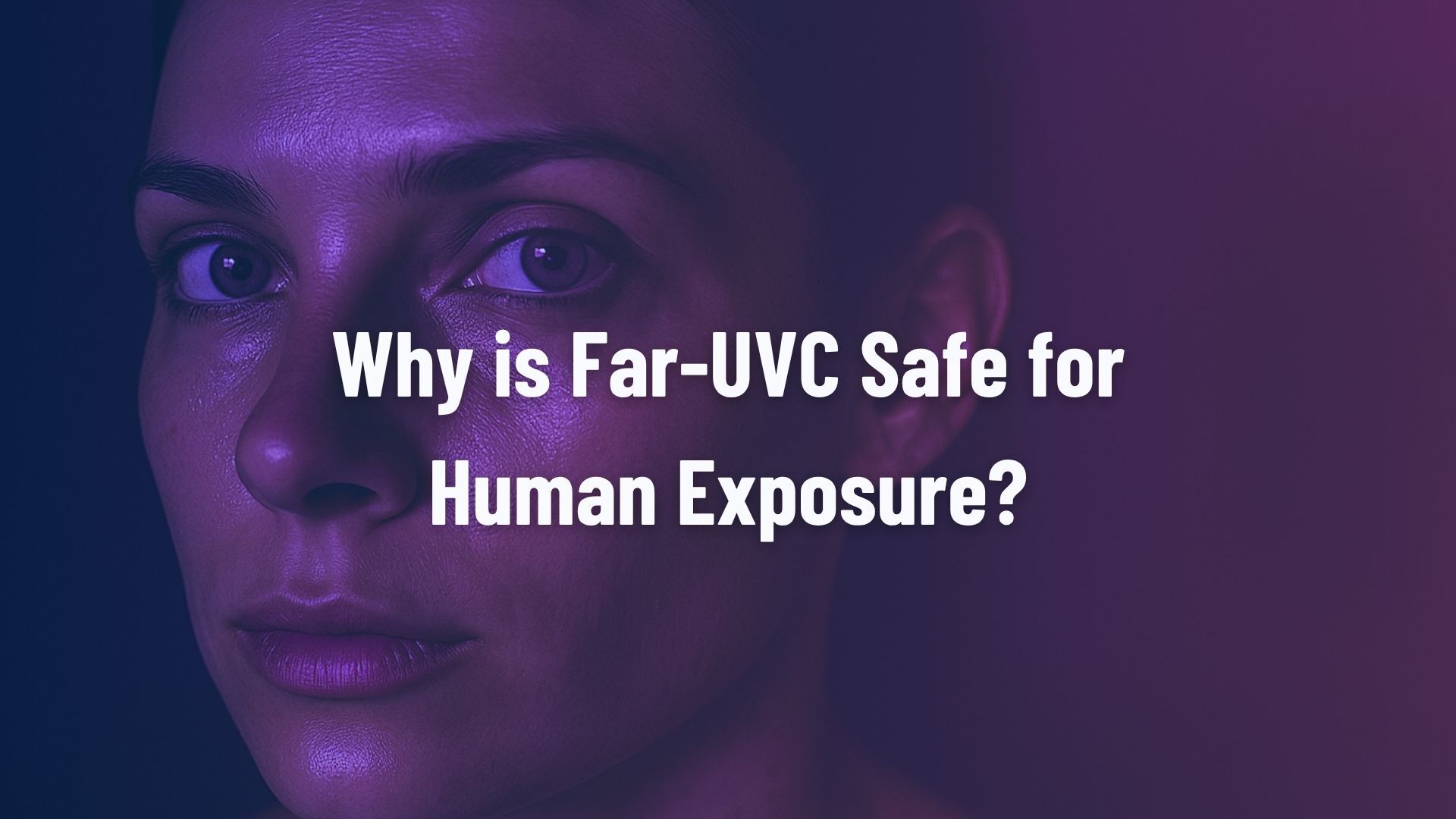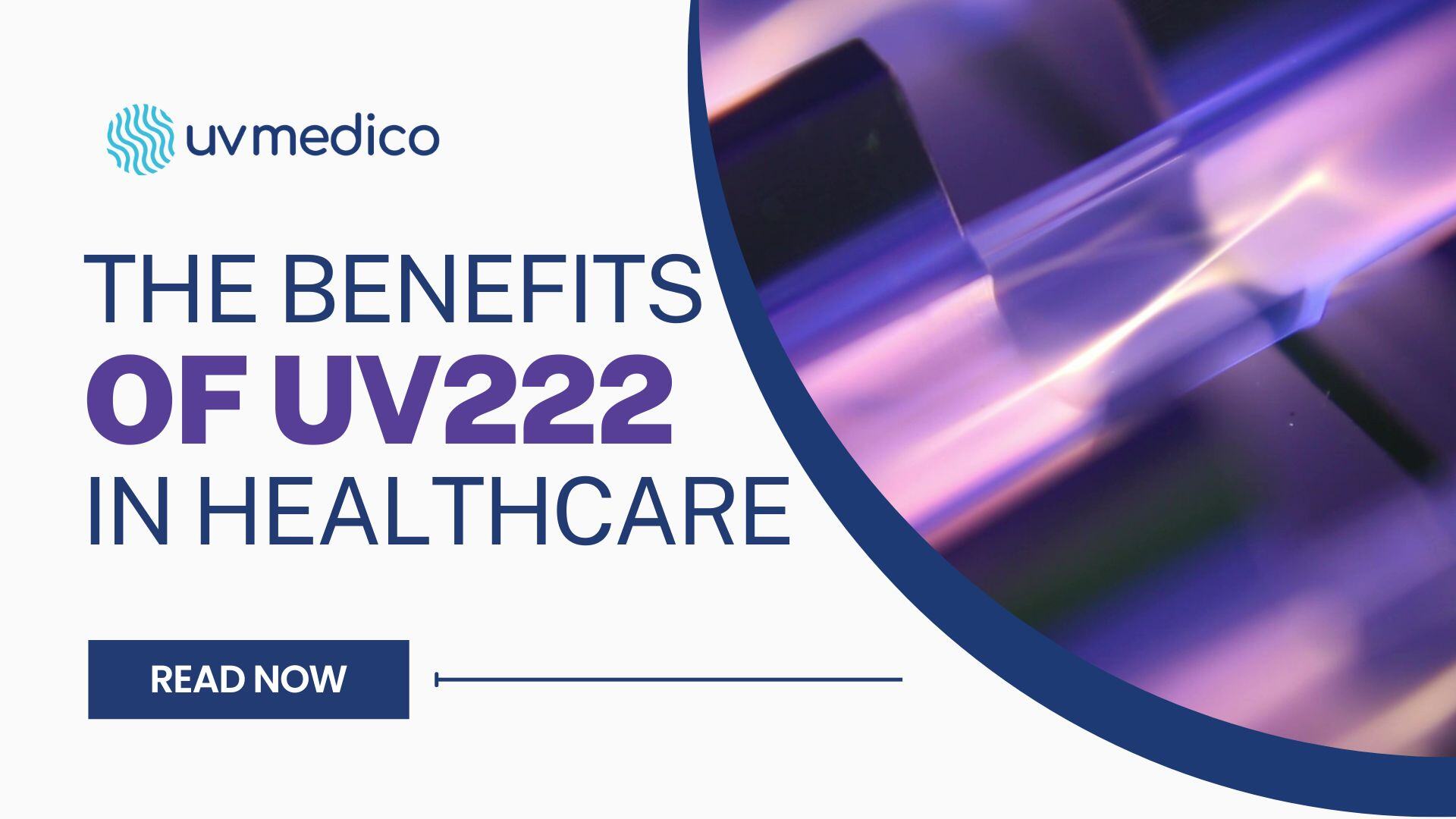2 min read
Far-UVC vs. Candida auris: a new era in infection control
Emilie Hage Mogensen
:
06 Jun, 2024

New research demonstrates that Far-UVC effectively inactivates Candida auris on medical equipment.
How to obtain 99 % inactivation of Candida auris on medical equipment in less than one hour with Far-UVC
A recent study by Memic et al. found that Far-UVC light can inactivate 99% of C. auris colony-forming units on surfaces of a vital sign unit, a wheelchair, and a workstation in just 45 minutes. The equipment was placed in an equipment storage room and decontaminated by two wall-mounted Far-UVC devices without requiring any manual intervention. This result highlights how Far-UVC can significantly improve hospital hygiene by providing continuous decontamination between episodes of manual cleaning.

What is Candida auris?
Candida auris (C. auris) is a multidrug-resistant yeast initially identified in 2009 in Japan. This pathogen is notable for its ability to cause severe invasive infections, such as bloodstream infections, wound infections, and otitis. What sets C. auris apart is its high level of resistance to multiple antifungal medications, which complicates treatment options and presents significant challenges in healthcare settings. Particularly concerning is its capacity to colonize skin and surfaces, enabling its rapid transmission within medical facilities. This organism's resilience and the severity of the infections it causes underscore the critical need for stringent infection control and advanced cleanroom technology to prevent its spread.
Far-UVC - Effective on steel, glass, and plastic surfaces
The study also demonstrated that Far-UVC light works equally well on various surfaces, including steel, glass, and plastic, achieving more than 99% in 45 minutes. This finding is crucial because C. auris is known to spread through surface and object contamination.
The urgent threat of Candida auris
C.auris, classified as an urgent threat by the CDC, easily spreads among vulnerable patients in hospitals, causing severe and sometimes life-threatening infections. The fungus has developed resistance towards antifungal drugs, making it very difficult, and sometimes impossible, to treat.

Spreading of Candida auris through surface contamination
Patients infected with C. auris transfer the fungus to surfaces, spreading it to other patients who touch those surfaces. Moreover, asymptomatic carriers can have C. auris on their skin, posing an additional risk of spreading the fungus to their surroundings.
UV222 vs. Candida auris in healthcare facilities
UV Medico offers a range of Far-UVC products designed to combat C. auris in healthcare settings:
-
UV222 Downlight
Engineered for optimal overhead far-UVC decontamination of air and surfaces, reducing the risk of C. auris transmission. It can be integrated into the ceilings of operating rooms, equipment storage rooms, and patient rooms.
-
UV222 Linear
Designed for use in operating rooms, supports high cleanliness standards essential for sterile environments. It plays a crucial role in minimizing surgical site infection (SSIs) risks by significantly reducing microbial load, including C. auris.
-
Vertex 222
A state-of-the-art sanitation solution for optimal room coverage. This versatile device can be installed in corners to ensure comprehensive decontamination or easily moved to key positions within areas that need to be kept free of C. auris.
Effective and human-safe Far-UVC technology
The study by Memic et al. confirmed that Far-UVC offers the same efficacy as traditional 254 nm UVC light but with the added benefit of being safe for human exposure, allowing for continuous decontamination in occupied spaces.
Far-UVC technology represents a significant advancement in the fight against C. auris, providing healthcare facilities with an effective, safe, and continuous decontamination solution. By integrating Far-UVC devices, hospitals can reduce the risk of C. auris transmission, enhancing patient safety and improving overall infection control measures.
References
-
1. Candida auris: Centers for Disease Control and Prevention
- Candida auris: Centers for Disease Control and Prevention; 2024. [updated April 24 2024; cited 2024 June 03]. Available from: https://www.cdc.gov/candida-auris/about/?CDC_AAref_Val=https://www.cdc.gov/fungal/candida-auris/index.html .
-
2. Evaluation of an Automated Wall-mounted Far Ultraviolet-C Light Technology for Continuous or Intermittent Decontamination of Candida auris on Surfaces
2. Memic S, Kaple CE, Cadnum JL, Donskey CJ. Evaluation of an Automated Wall-mounted Far Ultraviolet-C Light Technology for Continuous or Intermittent Decontamination of Candida aurison Surfaces. Pathog Immun. 2024 May 17;9(1):156-167. doi: 10.20411/pai.v9i1.683. PMID: 38779368; PMCID: PMC11110956.
 UV222™
UV222™ UV222 Linear
UV222 Linear UV222 Downlight
UV222 Downlight Vertex 222
Vertex 222.png) UV222 Pendant
UV222 Pendant.png) UV222 Booth
UV222 Booth.png) UV222 Step-On
UV222 Step-On.png) UV222 Cleanroom Downlight
UV222 Cleanroom Downlight UV222 Dual Downlight 60x60
UV222 Dual Downlight 60x60 UV222 Material Airlock
UV222 Material Airlock UV222 Ambulance
UV222 Ambulance UV222 Compact
UV222 Compact UV222 Industrial
UV222 Industrial.jpg)
.jpg)
.jpg)
.jpg)





.jpg)